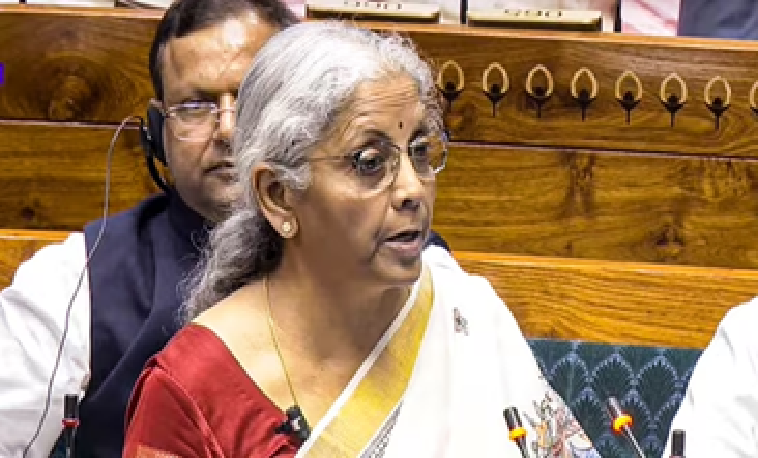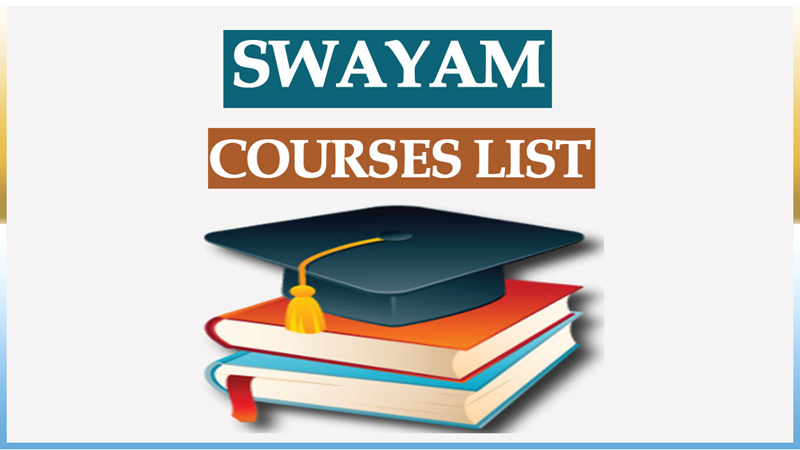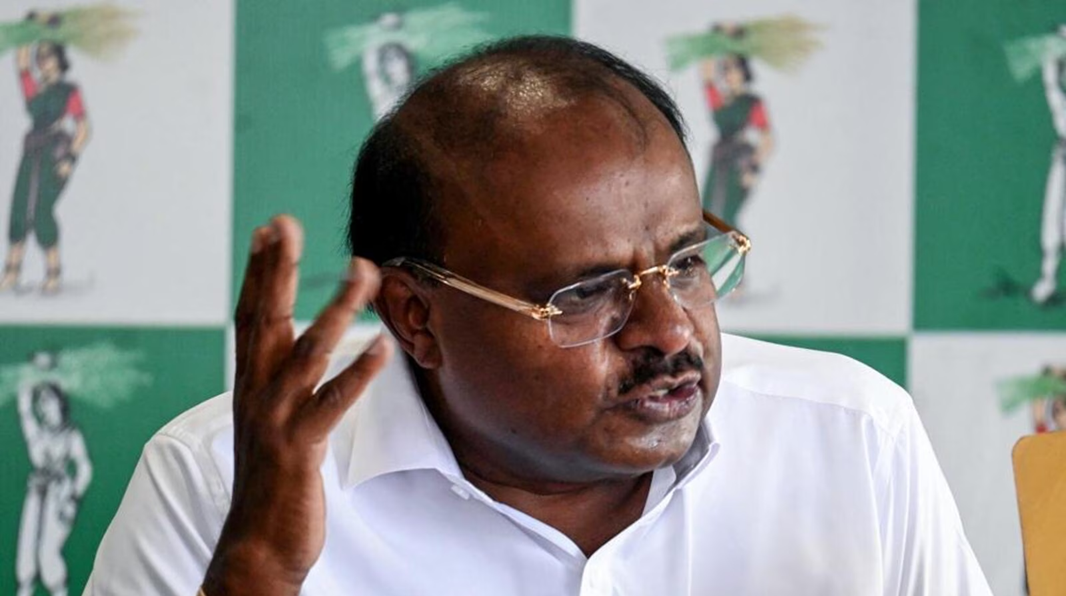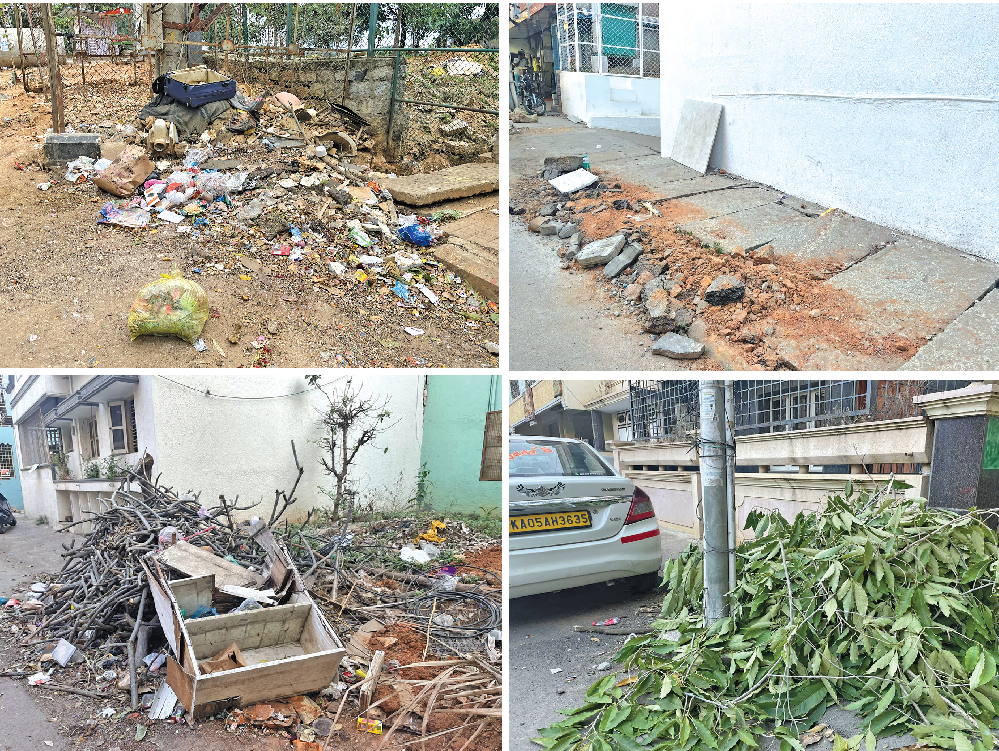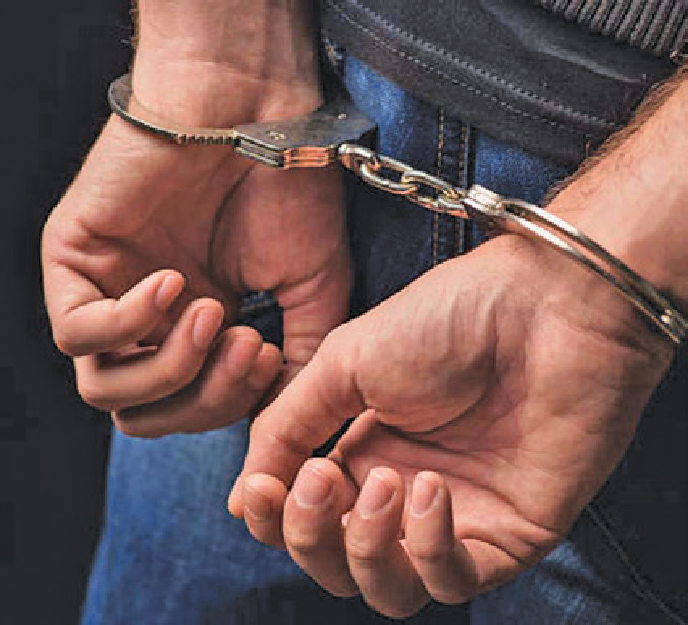
Heroes speak: Bengaluru's contributions to India's struggle
Hameed Ashraf | NT
Bengaluru: In the enduring 200-year quest for freedom, countless individuals played pivotal roles in resisting British rule, culminating in the nation's hard-fought independence on August 15, 1947.
"When the fervour of freedom swept across the nation, Kannadigas were resolute not to be left behind," affirmed Narayanappa, 97, a Bhoopasandra resident, in conversation with News Trail.
Hailing from Bengaluru's Ulsoor, Narayanappa was among the valiant students who orchestrated mass protests against the British oppressors.
"Roads were dug up, telephone lines severed. At the sight of British soldiers on horseback, brandishing firearms, we'd scatter," he recounted.
Narayanappa's involvement in protests led him to halt his education temporarily.
"We were just boys, never conceiving ourselves as freedom fighters. Our focus was disrupting British dominion through protests, aligning with the Quit India Movement," he added.
Narayanappa vividly remembered his presence at Bengaluru's Manekshaw Parade Ground on August 15, 1947, witnessing the unfurling of the Tricolour and the inaugural strains of the National Anthem in an Independent India.
Cubbonpet, the heart of Bengaluru, stood as a crucible of the freedom struggle. Here, covert meetings proliferated among activists, taking advantage of the city's governance under the Mysore Maharaja, as northern states and the coastal regions remained under British rule.
Another local freedom fighter, CB Sankaranarayana Rao, 92, recounted his involvement in the 'Boycott British movement,' inspired by his father, a World War II veteran.
As a student at Sahyadri College, Shivamogga, Rao ardently advocated for responsible governance in 1947. His convictions landed him behind bars for a month at the tender age of 18.
"Times have evolved, and perspectives on patriotism vary. For me, patriotism signifies allegiance to our motherland and compassion towards its people," mused Rao.
Narayanappa and Rao reminisced about three resounding slogans: 'Quit India,' 'Inquilab Zindabad,' and 'Gandhi Ki Jai.'
Mahatma Gandhi's initial Bengaluru visit in May 1915 centered on advocating Khadi. Subsequent appearances included addressing a crowd of 40,000 at Quddus Saheb Eidgah Maidan in 1920, inspiring unwavering dedication to the freedom movement.
"Freedoms thrives in self-governance and authority over oneself," asserted Nagabhushan Rao, 102, now residing in Malleswaram.
Family members attest to his unwavering discipline and unwavering commitment to righteous causes. Numerous Bengaluru residents volunteered to challenge British colonialism, not for personal acclaim, but to usher in a free nation.
 English daily published in Bengaluru & Doha
English daily published in Bengaluru & Doha


